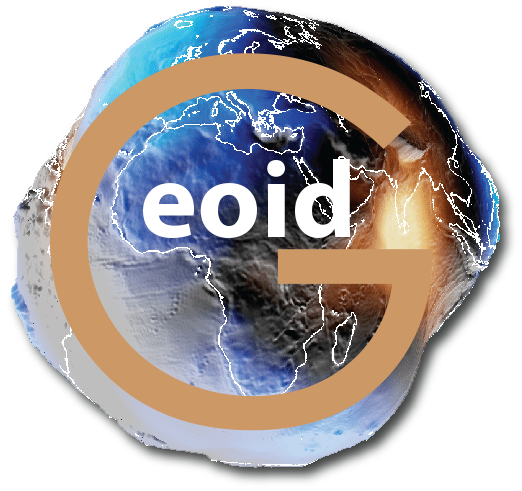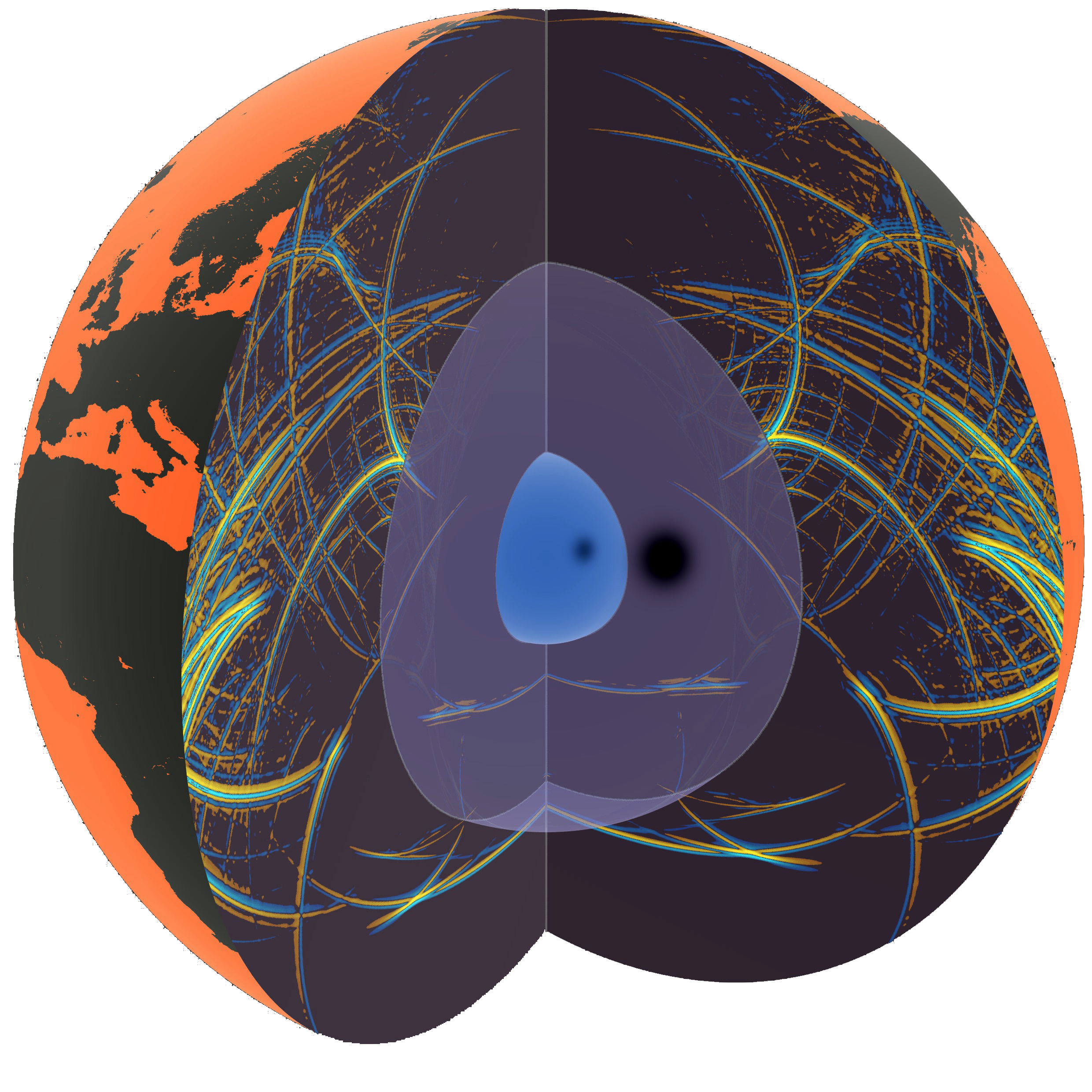Global Agency of Geosciences Experts
Global Agency of Geosciences Experts
This course is dedicating to deep water and the inherent challenges, in interpretationn mapping in mostly compressional domains and deep water reservroir interpretation techniques
Profesionnals with a Scientific background.
Background in Geosciences, petroleum geology or basic Petroleum Engineer knowledge
5 Session






 Geoid Training available
Geoid Training available

Seismic Interpretation Concepts. History of Seismic Reflection. Reflection & Refraction Wave Equations Poisson’s Ratio Wavelets Convolution Synthetic Seismograms. Amplitude and Phase Spectrum Deconvolution. Seismic Acquisition and Processing Workflows.
Exploration and Production in Deep-Water. Deep-Water Seismic Reflection Section Parameters 2D and 3D.
Un-migrated and Migrated Deep-water Seismic Sections Dip and Strike Sections in the Deep-water Realm. Seismic Ties, Time Maps. Four-Way Dip Closures, Fault Closures- Exercises. Structural Interpretation in Deep-Water – Examples. Seismic Stratigraphic Mapping in Deep and Ultra deep-water. Onlaps/Toplaps/Downlaps/Offlaps – Exercise.
Sands and Carbonates Reservoirs Stratigraphy. Deep-Water Reservoirs Stratigraphy – Turbidites.
Well Location and Drill
Map Exercise.
Bright-spots – Dim-spots – Flat-spots. Seismic Attribute Analyses.
AVO – Amplitude Variation with Offset Evaluations
Map contouring exercises – anticline, rift basin, compressional basin. Interpretation of deep-water records offshore rifted margins. Data Comparisons: Gulf of Mexico, Offshore Brazil and West Africa, North Sea, Australia Northern Shelf/Slope, Southeast Asia Timor and Arafura Seas, Andaman Sea.
Top and Base Salt Mapping in deepwater. Pull-up correction base salt. Bathymetry correction. Mapping Techniques Time and Depth Map Contouring in deepwater. Syn-Rift Isopach Mapping. Seismic Velocities: Average, Interval, NMO, RMS, Dix Equation. Depth Conversion Techniques: PSTM and PSDM. Gas seeps and gas hydrates recognition. Overpressure prediction
Mapping reservoir porosity, net to gross and net pay thickness. Reservoir identification – bright spots, dim-spots, flat-spots. Attributes: amplitude, frequency and phase, windowed attributes. Comparative Interpretation of Post-Stack & Pre-Stack Time Migration. Pre-Stack Depth Migration – Interpretation. Turbidite Play Offshore Brazil. Mapping Techniques Precision. Map Contouring – Block Faulting. Deepwater Petroleum Systems: Source Rock Burial, Migration Paths, Trap Formation, Hydrocarbon Emplacement. Prospect Generation ; Risking of Deep-Water Prospects ; Project Economics.
Southeast Asia: Makassar Strait South Irian Jaya South China Sea Palawan Basin West Natuna Sea. Fault Contouring. Mapping Techniques. Velocities and Depth Conversion in deep-water. Wells Location and Depth Map Construction.
Course and Projects Review.
Course Test(s). Case Histories GoM, West Africa, East Brazil, North Sea, Asia . Final Test.







If you require a classroom training or a video training we’ll put you in contact with the best professor teaching in the language of your choice.
© 2022 All rights reserved